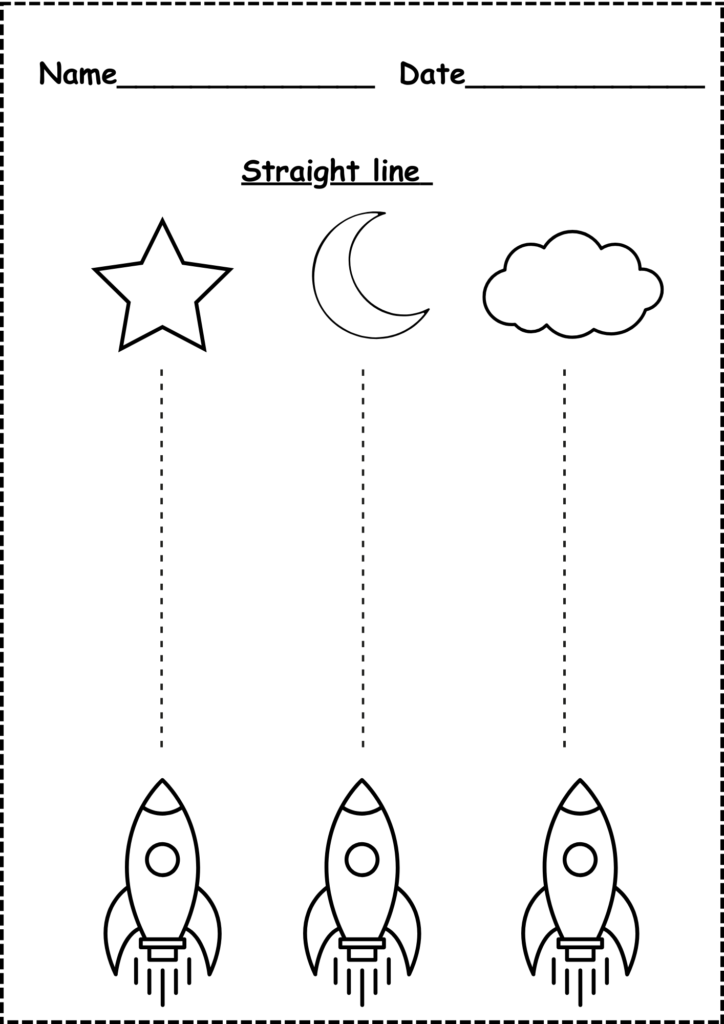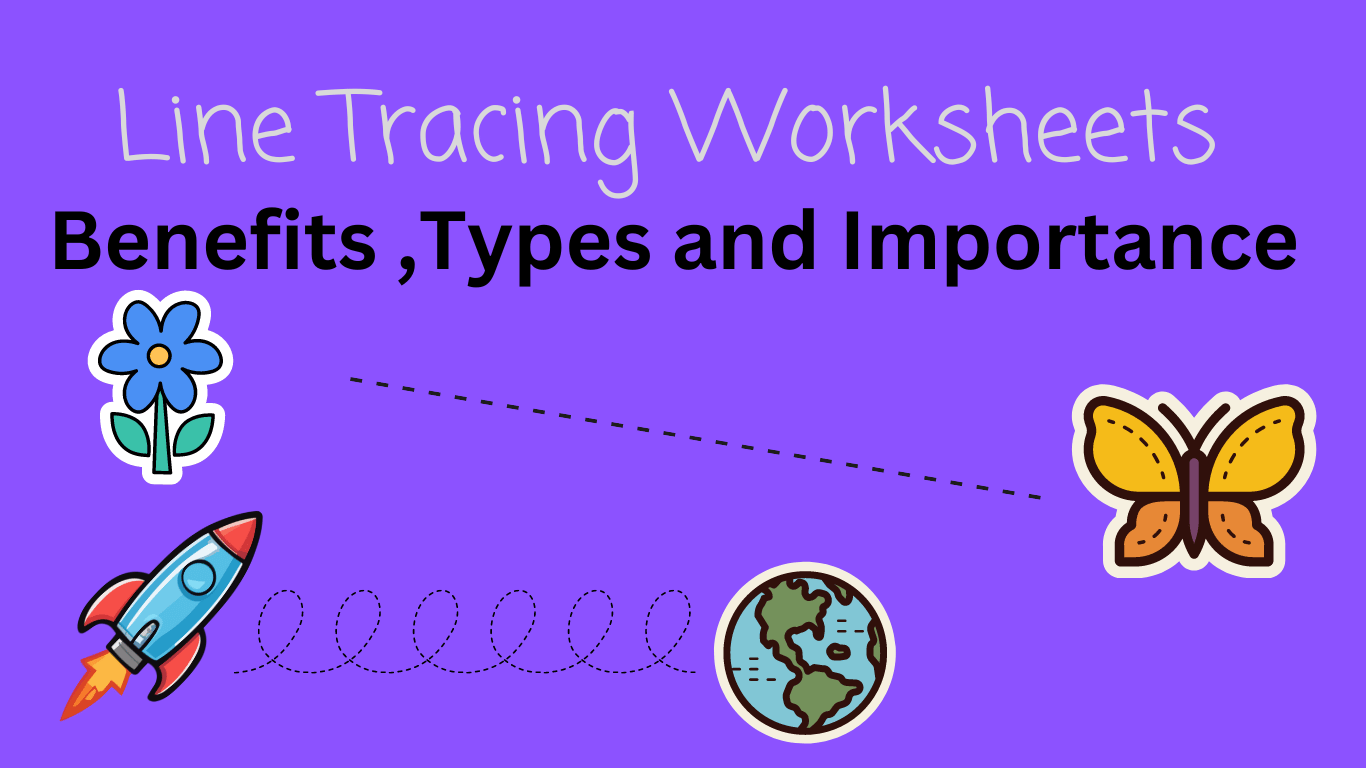Line Tracing Worksheets
Line tracing worksheets are essential tools in early childhood education. These worksheets are designed to help young children develop the foundational skills needed for writing, drawing, and even daily activities. Let’s explore what line tracing worksheets are, their benefits, the types available, and why they are so important for young learners.
What Are Line Tracing Worksheets?
Line tracing worksheets are simple yet effective educational materials where children practice drawing lines, shapes, and patterns. These worksheets usually feature various types of lines—straight, curved, zigzag, and more—that children trace over with a pencil or crayon. They might also include fun images and characters to keep children engaged.
Types of Line Tracing Worksheets
Straight Line Tracing Worksheets: These worksheets focus on helping children draw straight lines from one point to another. They are the simplest form of tracing worksheets and are excellent for beginners.
Get Straight Line Worksheets Here Free

Curved Line Tracing Worksheets: These worksheets include various curved lines that help children practice more complex hand movements. They prepare children for writing letters like “C” and “S.”
Get Curved Line Worksheets Here Free

Zigzag Line Tracing Worksheets: Featuring zigzag patterns, these worksheets are designed to improve precision and control. They are both fun and challenging, keeping children engaged.
Wavy Line Tracing Worksheets: These worksheets have wavy lines that mimic natural curves found in handwriting. They are great for practicing the fluid motion needed for cursive writing.
Shape Tracing Worksheets: These worksheets include basic shapes like circles, squares, and triangles. They help children recognize and draw geometric shapes, which are foundational for both math and art.
Themed Tracing Worksheets: These worksheets incorporate lines within pictures or themes, such as tracing lines to complete an image of a dinosaur or a car. They make tracing more enjoyable and contextually rich.
Benefits of Line Tracing Worksheets
- Enhances Fine Motor Skills: Line tracing helps children develop the small muscles in their hands and fingers, which are crucial for writing, drawing, and performing everyday tasks like buttoning a shirt or tying shoelaces.
- Improves Hand-Eye Coordination: Tracing lines requires children to focus their eyes on a specific path while controlling their hand movements. This coordination is essential for many activities, including sports and playing musical instruments.
- Builds Concentration and Focus: Completing tracing activities requires children to concentrate on staying within the lines. This practice helps to improve their attention span and ability to focus on tasks.
- Prepares for Writing: Tracing lines is a precursor to writing letters and numbers. It helps children understand the concept of directionality (left to right, top to bottom) and the proper way to form shapes, which are fundamental for writing.
- Boosts Confidence: As children successfully complete tracing activities, they gain a sense of accomplishment. This boost in confidence encourages them to tackle more challenging tasks and fosters a positive attitude towards learning.
- Stimulates Creativity: Many line tracing worksheets incorporate fun themes and images, stimulating children’s imagination and creativity. They might trace lines to complete a picture of an animal, a vehicle, or a favorite character.
Importance of Line Tracing Worksheets
- Foundation for Academic Success: Line tracing is a critical step in the journey towards writing fluency. By mastering tracing, children build the skills necessary for writing letters, numbers, and words, laying a strong foundation for academic success.
- Development of Early Literacy Skills: Tracing activities help children understand the structure of letters and numbers. Recognizing and forming these shapes correctly is vital for reading and writing.
- Preparation for School: Line tracing worksheets prepare children for the structured environment of school. They learn to follow instructions, complete tasks, and develop the patience and perseverance needed for academic learning.
- Support for Diverse Learning Styles: Line tracing worksheets cater to various learning styles. Visual learners benefit from seeing the lines and shapes, while kinesthetic learners gain from the hands-on activity of tracing.
Conclusion
Line tracing worksheets are more than just simple activities; they are powerful educational tools that support the holistic development of young children. By enhancing fine motor skills, improving hand-eye coordination, and building the foundation for writing and early literacy, these worksheets play a crucial role in preparing children for future academic success. Incorporating line tracing worksheets into your child’s routine can make learning enjoyable and productive, setting them on the path to becoming confident and capable learners.
